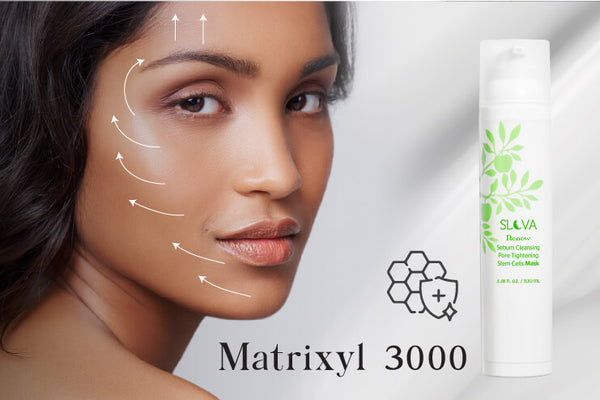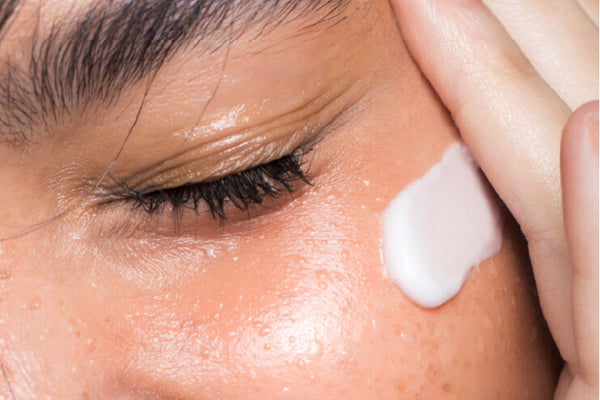Note: "Add 2 products to avail Buy 1 Get 1.
Not Applicable on Combo products."
What Is Skin Ph And How To Maintain It?

At some point, you must have wondered what is the meaning of “pH-balanced” labels you see on skincare products!
Although many skincare products in the market are promoted as “pH-balanced”, not everybody has thoroughly understood its meaning and importance. However, no matter how many products you are using, if your skincare routine is not in the ideal pH range, then it can harm your skin instead of helping it. So, let us unfold the mystery around skin's pH.
So, what exactly is pH?
pH stands for "potential of hydrogen". It is used to describe the acid-alkaline ratio of any substance. The pH scale ranges from 0-14. Water has a pH of 7, hence, it is considered “neutral.” Anything below a 7 is acidic while anything above 7 is considered alkaline.

pH and skin?
The pH of our skin is measured as its water-to-oil balance. A balanced skin pH supports our skin by forming a healthy skin barrier, known as the "acid mantle". This barrier is protective and slightly acidic in nature which locks the moisture in and keeps the infectious bacteria out.
When our skin's pH balance disturbs, becoming more acidic or more alkaline, our skin is more susceptible to damage. Skin conditions like acne breakouts, or dry flakiness, are directly correlated with our skin’s sebum production.
It’s generally accepted that skin's pH is slightly acidic, somewhere between 5-6 on the pH scale. However, recent studies have proposed that the best pH level for the skin may fall just below 5.
When our skin’s pH is above 7 (on the alkaline end of the spectrum), then it means that it’s not producing enough sebum. In this case, we experience acne breakouts, sensitive and dry skin, which make our skin more vulnerable to fine lines, wrinkles, and sagging skin.
When our skin’s pH is below 7 (on the acidic side of the spectrum), then it means that it’s producing more sebum than necessary. In this case, the skin becomes oily, greasy, and acne-prone. Actually, acidic skin is ideal for fighting off free radicals and slowing the aging process, but when the skin is too acidic, it becomes oily, greasy, pimply, increasingly sensitive, and can get irritated easily.
How do I get back or maintain my skin’s pH balance?

From within:
- Keep yourself hydrated by drinking a lot of water
- Choose fresh food over processed ones
- Must add fruits and veggies like apples, tomatoes, citrus fruits, and blackberries to your diet. The minerals in these can help maintain the skin's pH balance naturally
From outside:
- Do not use harsh soaps or cleansers as soaps are alkaline in nature. It is best to opt for a mild face wash or cleanser so that they don't strip off the moisture and natural oils of the skin
- Don't forget to apply toner after cleansing your face as toners have a natural ability to “recalibrate” the skin’s pH level after cleansing. You can use an alcohol-free toner or a home-based toner like rose water or diluted apple cider vinegar
- Moisturize your skin regularly and if you have oily skin then you use an oil-free hydrator. Nothing can repair the skin like a good moisturizer
- Wear sunscreen daily (we can't stress enough the importance of this) and protect your skin from the damage caused by the sun's UV light and other particles
- Choose skincare products that are rich in antioxidants like vitamins A, C, E, and polyphenols (e.g., white tea, green tea)
Always listen to your skin. If you see any change or any signs of warning, then immediately act on it. To maintain your skin's pH: Steer clear of intense products, stay hydrated and eat a balanced diet, and follow a good skincare routine.


